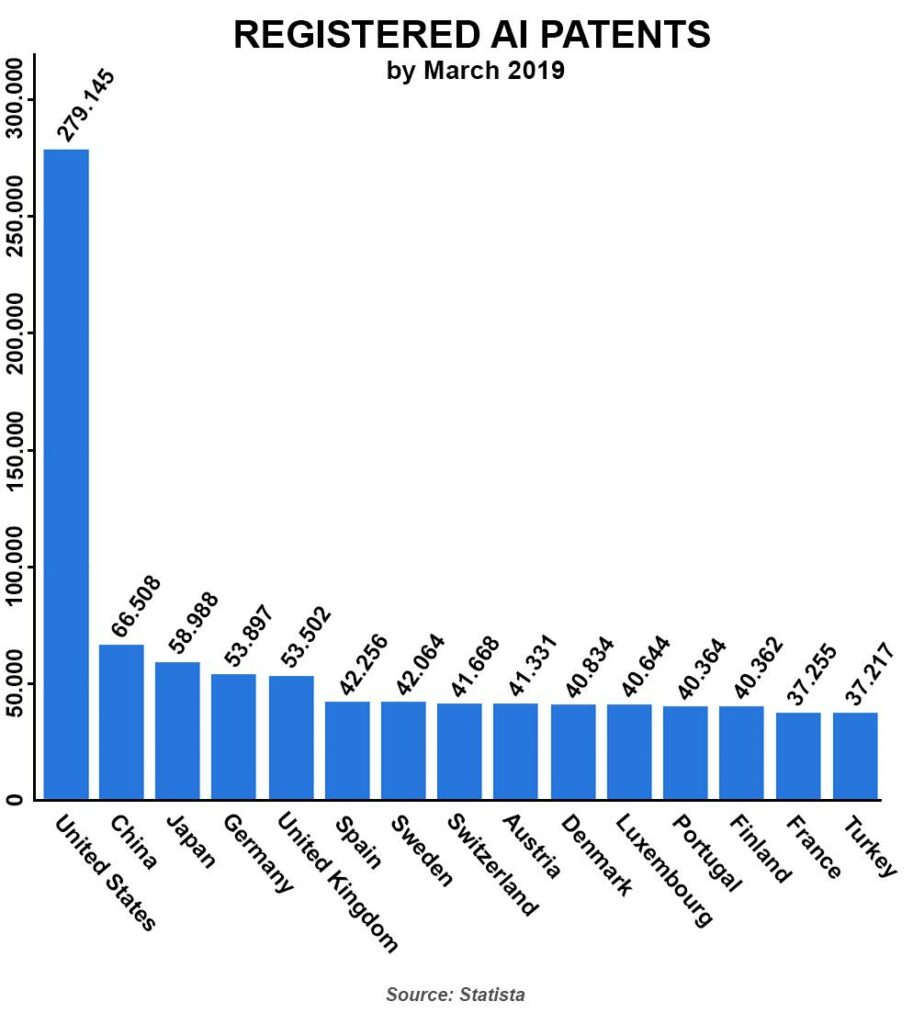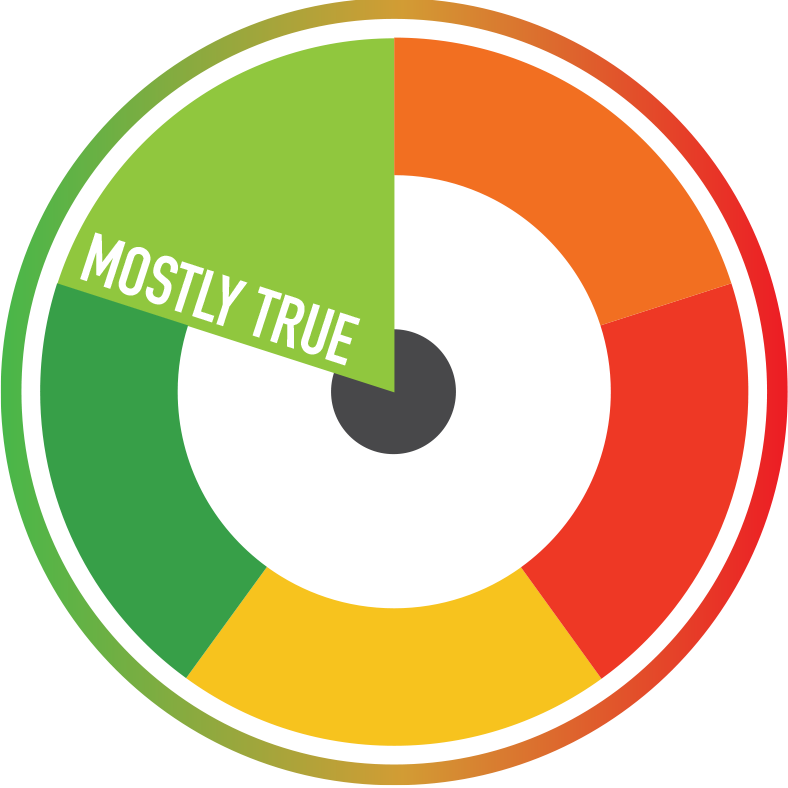“The US and China have been the ones that have been innovators, and leading in investment into AI”, EU law professor Anu Bradford said. In April, she made the statement in an article discussing the European Union’s approach to artificial intelligence in the newspaper Financial Times. Research shows her claim is mostly true.
In April, the European Commission unveiled plans to become the first global bloc with rules on the use of artificial intelligence, in a bid to put European values at the heart of this rapidly developing technology. “We will be the first continent where we will give guidelines. So if you want to use AI applications, go to Europe. You will know what to do and how to do it,” Thierry Breton, French commissioner in charge of the bloc’s digital policy, said according to the Financial Times.
The new regulation seeks to balance the idea that the European Union needs to become a technological superpower and enter the game with China and the United Statis without compromising its European values and fundamental rights. In short, the EU wants to rein in the way governments can handle AI, while also encouraging start-up companies to experiment and innovate.
Developments and patents
A study by the Information Technology and Innovation Foundation mentioned by France24 measured the level of artificial intelligence development using different parameters. The United States leads the ranking with a total of 44.6 points on a scale of 100, followed by China with 32 and the European Union with 23.3. The report is based on data from 2020.
The data available on the volume of artificial intelligence patents filed globally still gives a clear advantage to the United States over all the competitors. According to Statista, a German company specialized in market and consumer data, the US had a total of 279.145 registered AI patents by March 2019. China, ranked second, was far behind with 66.508 AI patents.

According to Statista data, we can find most of the European countries after the United States and the Asian powers China and Japan. Each country’s patent is counted as one, but it would be interesting to see how all European countries join forces and share their information to become the leaders in the sector.
However, the Chinese may have come closer to the US ones in the last two years. The World Intellectual Property Organization (WIPO) reported that during 2019 China had registered the most patents, with a total of 58.990, followed by the United States with 57.840. Among the Chinese companies, the telecom giant Huawei registered the most patents.
Everybody versus China
In a report recently published by the US National Security Commission on AI (NSCAI), the American government mentions that “China is determined to surpass us in artificial intelligence leadership” and that the US government should establish a technological alliance with its usual partners, including the European Union (EU) and Southeast Asian countries as Japan and South Korea, to confront the Asian giant.
It is pointed out that such an alliance must be based on democratic values in face of China’s use of AI “as a tool of repression and surveillance”. The NSCAI wants to create an “emerging technology coalition”, a supranational body in which to develop standards and common rules for all members.
The report highlights the high level of innovation that China has demonstrated in recent years, making it likely that, if the United States does not act, China will overtake the US in the domain of artificial intelligence.
In Politico, Eric Schmidt, NSCAI’s president and Google’s former CEO, points out that the US and the EU should make the flow of information exchange as rich and free as possible in order to be able to cope with China’s emerging strength. Furthermore, he argues that there is little choice for Europe: either ally with the United States in AI or be left out of the technological race to AI.
Conclusion
We note that the United States has led the sector with total superiority, but that China has reversed and won a small battle against the Americans in recent year. Data on, for example, patents concerning artificial intelligence show European countries lagging behind the US and China. However, the bloc’s countries’ patents are counted per country. For its part, the European Union has been the first to think about the future in order to legally regulate any aspect of AI. The US, seeing how China is working with these technologies, is demanding a change and calls on Europe to work together so that the Asian giant does not overtake it. We find the claim that the US and China have been leading in investment into AI mostly true.
RESEARCH | ARTICLE © Diego Álvarez de Arcaya and Tim Wille, Artevelde University of Applied Sciences, Belgium
Leave your comments, thoughts and suggestions in the box below. Take note: your response is moderated.





